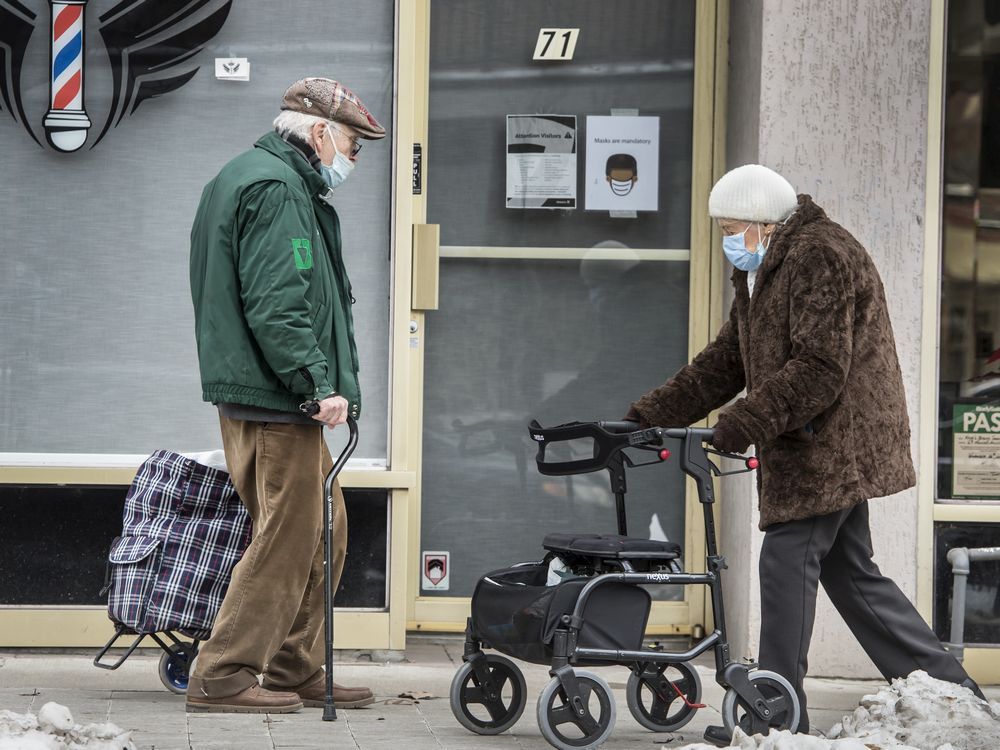social connection in norcs helps seniors age in place
“we are all over 65, but from the very beginning we’ve said that we would like to be intergenerational,” says kalene. there’s a knitting and fibre arts group, movie night, a community newsletter (with 150 recipients on their email list) and a tgif night happy hour where all ages have popcorn and snacks and bring their own beverages in their own glass. “they come here and they talk to their neighbours,” she says of the friendships that have formed in this welcoming environment.
“sometimes it’s a challenge for people to walk in alone. it goes back to when you’re a kid going to a brand-new school. that feeling really never goes away.”
as kalene points out, vertical living doesn’t have to be solitary, and friendships also bring a feeling of security, knowing there’s someone close by to reach out for help or a favour, that people often require as care needs typically increase with age. “it might be changing a lightbulb, but it could also be ‘i’ve got the flu, can you help me with groceries?’” with adult children living far from aging relatives, family support is not something everyone can rely on to step in and help.
the norc innovation centre has mapped out 500 norcs in toronto and a total of about 2,000 across ontario where high-rise living already exists to show how health services can be organized differently. the programming offers a group-based approach for exercise and fall-prevention classes or shared cleaning services and meal delivery, for example, and can include an onsite nurse practitioner for clinics that can help avoid an unnecessary emergency visit or social supports run by a psychologist or social worker. this is a grassroots way to build capacity into our healthcare system.
 5 minute read
5 minute read











